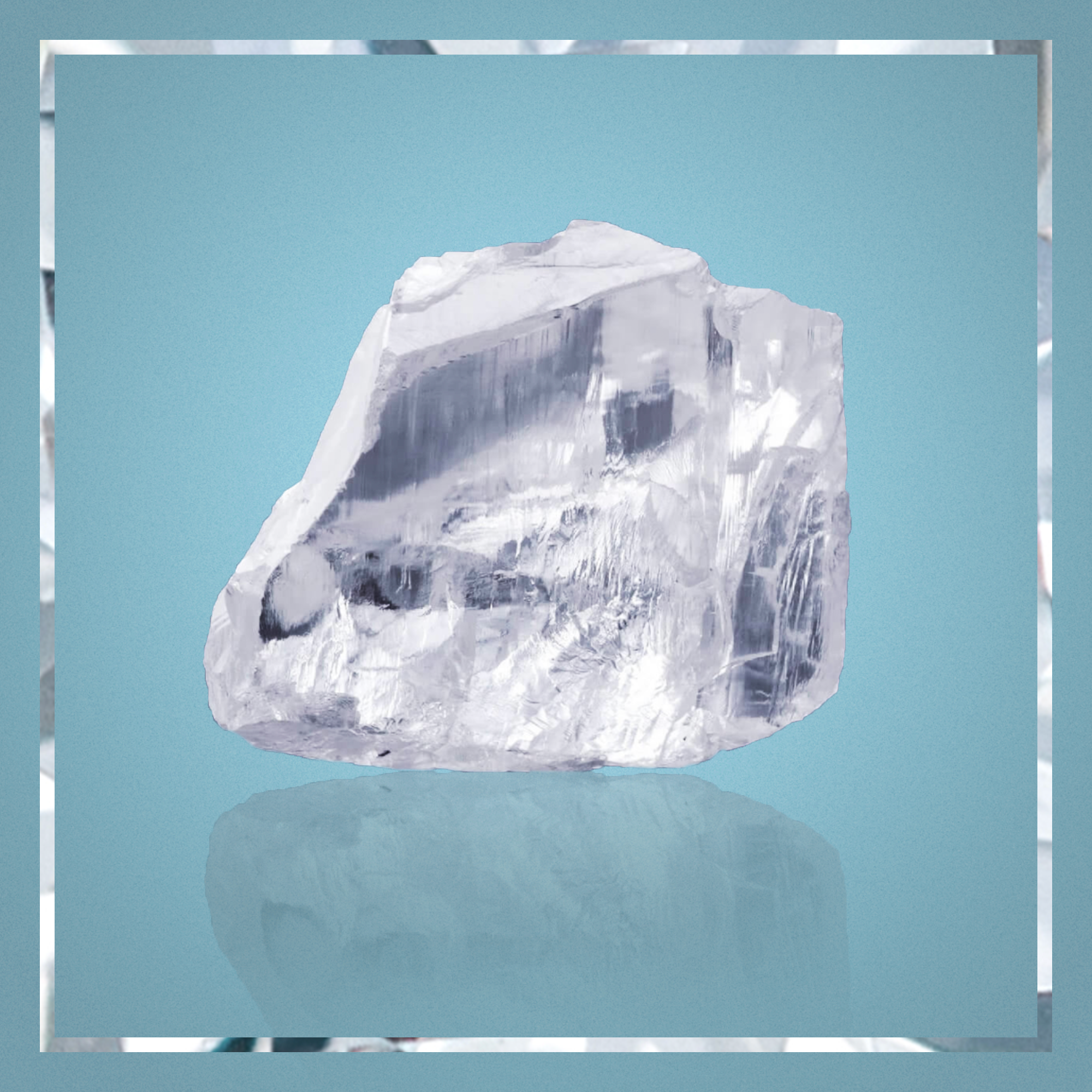The Alluring Properties of Diamonds, April’s Birthstone
Even the palest diamond has a robust mystique. Since their discovery, 4,000 years ago in India, we’ve been spell bound by diamonds above all other stones. Why did these tiny gems resembling water-worn quartz pebbles become the king of crystals?
Meya Prosperity Photo by Donald Woodrow
Even the palest diamond has a robust mystique. Since their discovery, 4,000 years ago in India, we’ve been spell bound by diamonds above all other stones. Why did these tiny gems resembling water-worn quartz pebbles become the king of crystals? Having great beauty and sparkle is only one part of their overall compelling nature, because deep within each stone lies an inexplicable energetic primal magic. Long before diamonds became a glittering faceted symbol of beauty and sparkle, they were used as amulets with a powerful curative capacity, worn to guard against a range of evil influences and supernatural forces.
All stones were considered to have spirits and were considered extremely powerful. The ancients, already aware of the diamond’s genuine attributes of hardness and resistance to fire, credited diamonds with protection against madness and ‘violent’ fear. Later stress indicators included poison and the plague, so even ardent pearl devotee Queen Elizabeth I apparently tucked a diamond into her bosom to guard against infection. Here we can draw modern parallels. The diamond’s traits of improving faith, inspiration, endurance, and concentration are relevant for modern life in isolation. During murky times holding onto a diamond’s complex combination of depth and light just feels soothing. It offers distraction to take your mind away which can lift spirits, as witnessed by actress Elizabeth Taylor when she described her 33-ct Krupp diamond in My Love Affair with Jewelry, “When I look into it, the deep Asscher cuts–which are so complete and so ravishing–are like steps that lead into eternity and beyond…to me, the Krupp says, “I want to share my chemistry–my magic–with you.”

Historically, men too have benefited from a diamond’s assets. “In many places, diamonds have been considered as a useful protection (for either sex) against insanity, failure, weakness, and cowardice.” Expands Desmond Morris, an authority on human behaviour, in Bodyguards. It’s a small stretch to imagine cowardice was improved by the diamond because of the stone’s inherent invincibility as the hardest stone. When Frederic Mohs created the gem hardness scale, he began with diamond at 10 and worked down from that point. Luck is another of its long list of powers, so destiny combined with bravery made an irresistible combination for Napoleon Bonaparte, who rode into battle with the 140.64-ct Regent stone set into the hilt of his sword. His emotional life also benefitted as he showered both wives with opulent diamond-set jewels, endorsing the optics that his Empresses were every bit as regal as the Bourbons, whilst also enveloping his consorts in the romantic stone of reconciliation, love, and harmony. In Greek mythology, Eros the god of passion used diamond-tipped arrows so it’s small wonder that a diamond ring, with its symbolism of longevity and strength, persists as a pledge of love.

Old astrologists versed in the arts of mineral magic believed the diamond was particularly powerful when worn under the strong aspect of planet Mars. Even today we preserve the idea of metaphysical notions tying gemstones to the planets and stars, with the subtle suggestion they have control over human events. Although not many modern diamond wearers would think by wearing a gem they are categorically influencing conditions around them, but nonetheless, there is something enlivening about wearing your birthstone that feels good. For those born in April, a diamond holds a special significance, it’s supposed to boost inner strength, and simply holding that thought in the midst of challenging moments can have a profound emotional effect.
Stones are one of the oldest conduits for positive, grounding energy. They develop over centuries amidst vast and chaotic geological shifts as a physical embodiment of history, earthly knowledge, and spiritual properties. Pure beauty is no longer enough. Nor are a new generation wearing diamonds for status reasons, rather they are attracted by a stone that was born billions of years ago in the fiery depths of the earth at the dawn of creation, which offers a comforting sense of security and permanence in the fast-changing modern era of technology, anxiety, and the threat of climate change. Diamonds are part of a global mood swing and growing desire to be more human in the digital age leading us back to a value system of simpler times and older things. We’re entering a new age of belief, if not exactly in the earlier magical conviction, then at least in a sense of a stone’s otherworldly protective power.

Once again, the diamond is being used as an amulet. Clear diamonds encourage a sense of balance, inner peace and purity, which are attributes we all need in the era of 24-hour connectivity and the global epidemic of time scarcity. Focusing on the core of a diamond can help thoughts to bubble up to help with clarity about what matters, enabling a sense of solace in life. Like our forefathers no one knows what tomorrow holds, but life goes on, and the ancient spirit of the diamond makes an uplifting and reliable companion to carry with you. And the good news is that although you might think that the bigger the stone the greater the protective power, Morris has testified, fortunately this is not the case. Good things do come in small carats.
Carol Woolton is an author and Contributing Director of Jewelry at British Vogue.
